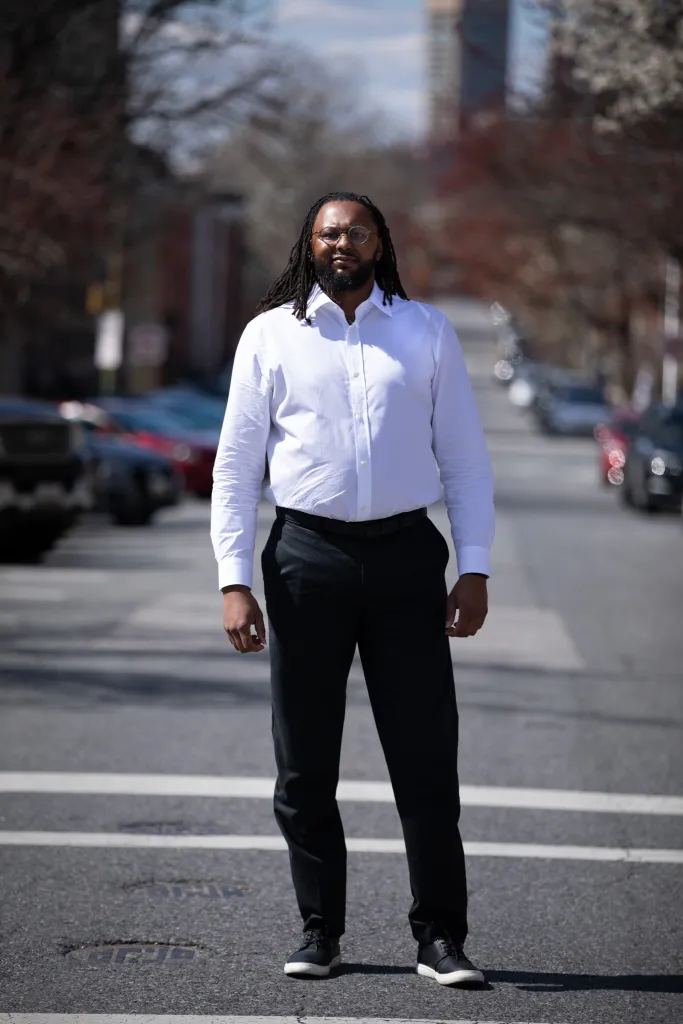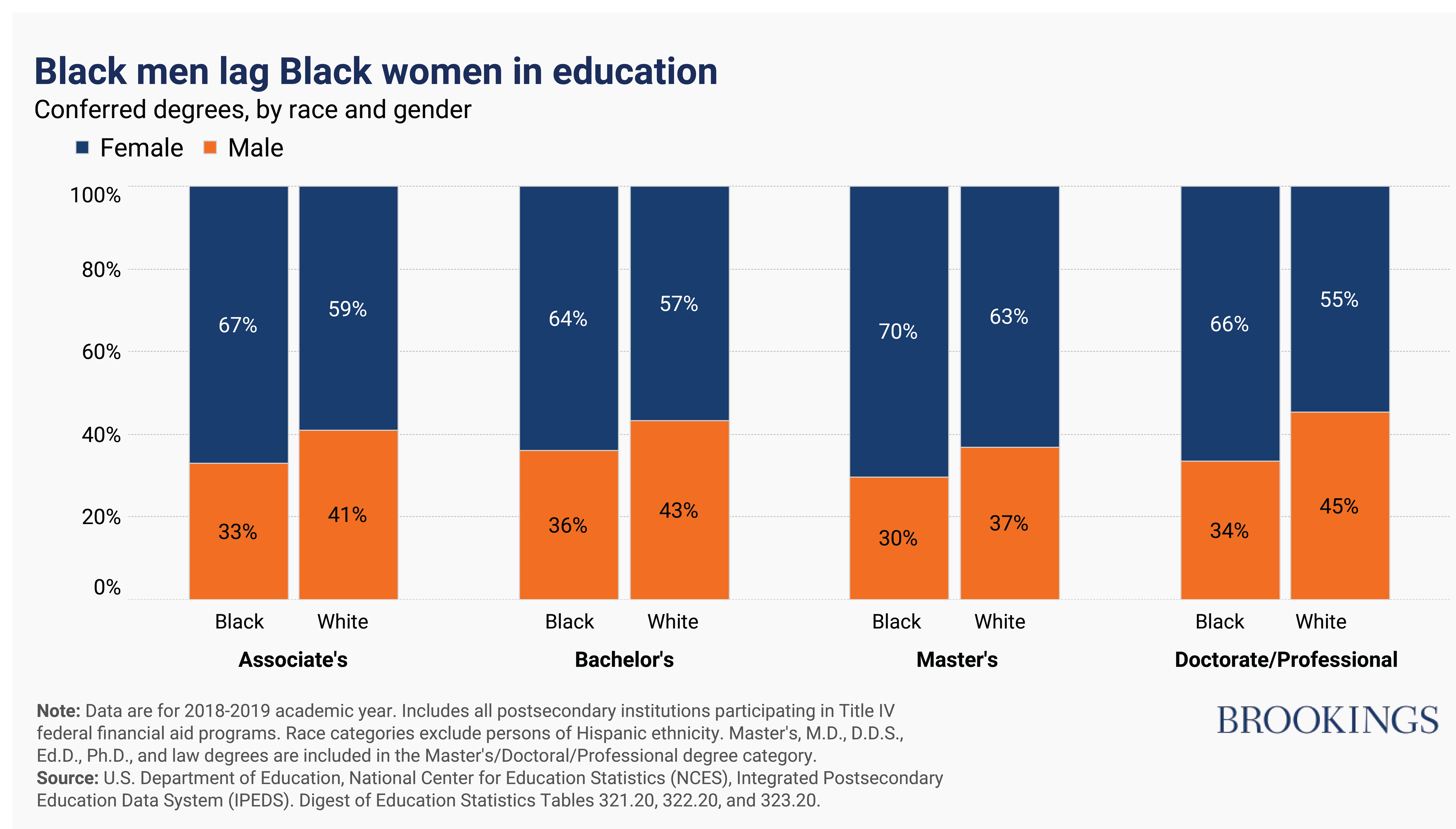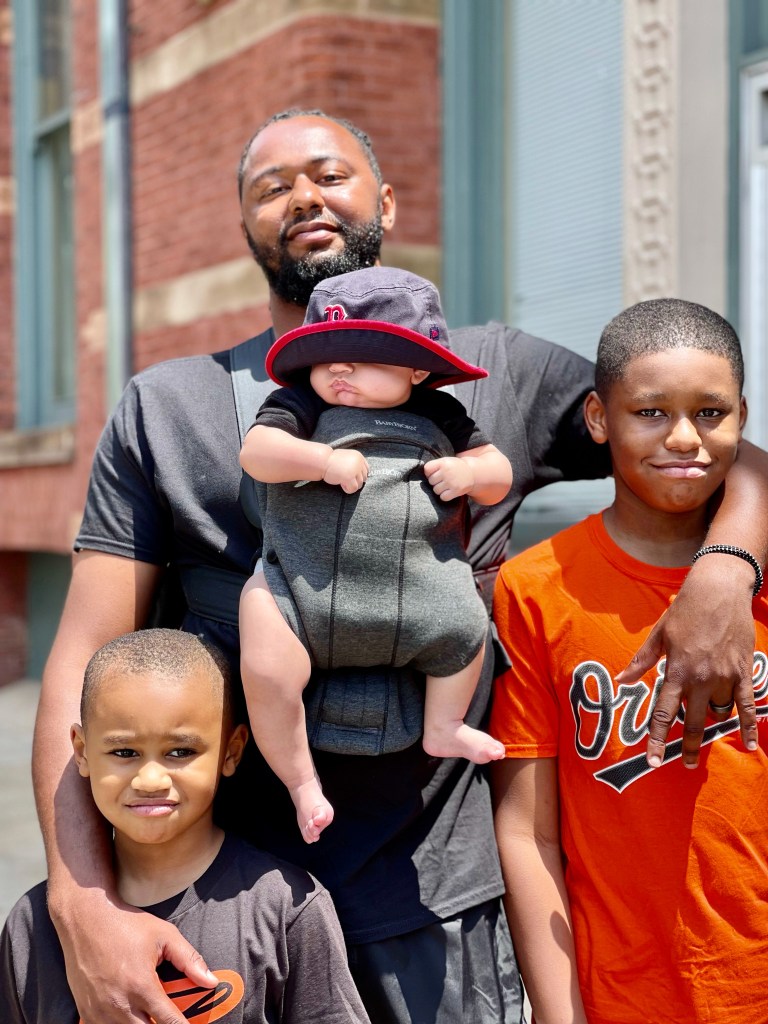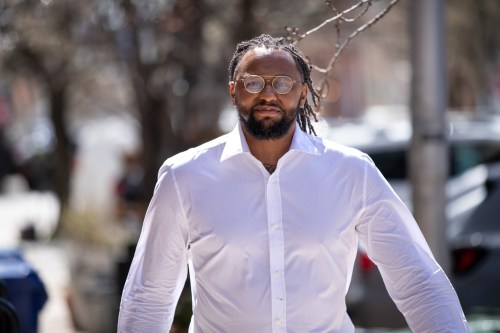ogc163
Superstar
A few years back, I was delighted to see my godson wearing glasses. It makes me feel better to know others are aging too. Judge me if you like. “Don’t feel too bad, Dwight,” I said with faux sympathy. “It happens to all of us in the end.” Dwight laughed. “Oh no,” he said, “these are clear lenses. I just do more business when I’m wearing them.” Dwight sells cars for a living. I was confused. How does wearing unnecessary glasses help him sell more cars? “White people especially are just more relaxed around me when I wear them,” he explained.
Dwight is six foot five. He is also Black. It turns out that this is a common tactic for defusing white fear of Black masculinity. When I mentioned Dwight’s story in a focus group of Black men, two of them took off their glasses, explaining, “Yeah, me too.” In fact, I have yet to find a Black American who is unaware of it, but very few white people who are. Defense attorneys certainly know about it, often asking their Black clients to put on glasses. They call it the “nerd defense.” One study found that glasses generated a more favorable perception of Black male defendants but made no difference for white defendants.
Dwight’s statement was one of those moments when your whole view of the world shifts on its axis. It was like that evening over dinner when I asked him if he often gets stopped by the police. “No, not really,” he said. Then, “maybe every few months?” And after a pause: “I was handcuffed by them a little while back though. Mistaken identity, they said.” At times like this, I realize that I do not have the faintest idea what it is like to be Black in America, and specifically to be a Black man. And so, an advisory warning: as a British-born white guy, my perspective on American racism will need to be discounted appropriately. For what it is worth, however, I am convinced that one of the principal impediments to equity in the U.S. today is the combination of racism and sexism faced by Black men.
Like many Black men in America, Dwight has had a tough journey. He grew up in one of the toughest neighborhoods of West Baltimore. He cannot remember his father, who died when Dwight was young. Given the profound, specific challenges faced by Black men in almost every aspect of American life, from criminal justice to education and employment, putting on a pair of clear tortoiseshell frames may seem trivial. Certainly, Dwight is nonchalant about it. “It is what it is,” he says. But I think it says almost everything. Knowing they are perceived as a threat, Black men resort to unneeded eyewear, not to see us, but so that we might see them.

The power of intersectional thinking derives from its inescapable pluralism. Each of us are “multiply” identified. You may be a Black heterosexual Jewish socialist lawyer; I may be a white gay atheist libertarian coal miner. This insistence on plural identities echoes centuries of progressive liberal thought, from John Stuart Mill and Harriet Taylor Mill in the nineteenth century to Amartya Sen and Martha Nussbaum in the twenty-first.
Crenshaw centers her work on Black women, but the framework can be used more broadly, and the position of any particular group is not fixed in relation to that of another group. As my colleague Tiffany N. Ford, a public health scholar, writes of intersectional approaches, “Social categories are contextual. Fundamental traits are not fixed, but rather constantly changing over time.” What it means to be queer, or Black, or male is not fixed in relation to what it means to be straight, or white, or female. Patterns of advantage and disadvantage are not set in stone. So anti-Black gendered racism hurts Black men and Black women, but not in the same way. Gender is racialized, and race is gendered, in different ways, in different places, and at different times. Consider the conservative archetype of the “welfare queen,” a gendered lens through which to pathologize Black women receiving public assistance.
Black men face different intersections of disadvantage, many of which may be more acute than those faced by Black women. As Tommy Curry, chair of Africana Philosophy and Black Male Studies at the University of Edinburgh, writes, “In liberal arts fields it is assumed that because Black and brown men’s gender is masculine, there is an innate advantage they have over all women and are patriarchal.” But Curry argues that the opposite is true. In The Man-Not: Race, Class, Genre and the Dilemmas of Black Manhood, he argues that Black males in the U.S. are “oppressed racialized men.” Curry urges the creation of a new scholarly field of Black male studies, on the grounds that the accounts offered by existing feminist and intersectional scholars are missing the mark when it comes to the specific forms of gendered racism faced by Black men.
But the challenge is not just in academia. Efforts to focus on the specific challenges of Black boys and men are often viewed with suspicion, as distractions from the challenges of Black women or people of other races and ethnicities. I want to be clear about my own position. I believe that the deepest American prejudices are rooted in anti-Black racism, specifically toward the people that legal scholar Sheryll Cashin calls “descendants,” African Americans who “descend from the long legacy of slavery.” For this reason, among others, I don’t much like the term people of color, or the idea that the main dividing line is between white Americans and everybody else. I understand the need to build coalitions. I also understand the desire not to appear to be downplaying racism for other groups. But the idea that all people who are not white are in a similar position to that of Black Americans is both morally offensive and empirically wrong. Anti-Black racism is the main challenge, and it is at least as great for Black men as for Black women.
Dwight is six foot five. He is also Black. It turns out that this is a common tactic for defusing white fear of Black masculinity. When I mentioned Dwight’s story in a focus group of Black men, two of them took off their glasses, explaining, “Yeah, me too.” In fact, I have yet to find a Black American who is unaware of it, but very few white people who are. Defense attorneys certainly know about it, often asking their Black clients to put on glasses. They call it the “nerd defense.” One study found that glasses generated a more favorable perception of Black male defendants but made no difference for white defendants.
Dwight’s statement was one of those moments when your whole view of the world shifts on its axis. It was like that evening over dinner when I asked him if he often gets stopped by the police. “No, not really,” he said. Then, “maybe every few months?” And after a pause: “I was handcuffed by them a little while back though. Mistaken identity, they said.” At times like this, I realize that I do not have the faintest idea what it is like to be Black in America, and specifically to be a Black man. And so, an advisory warning: as a British-born white guy, my perspective on American racism will need to be discounted appropriately. For what it is worth, however, I am convinced that one of the principal impediments to equity in the U.S. today is the combination of racism and sexism faced by Black men.
Like many Black men in America, Dwight has had a tough journey. He grew up in one of the toughest neighborhoods of West Baltimore. He cannot remember his father, who died when Dwight was young. Given the profound, specific challenges faced by Black men in almost every aspect of American life, from criminal justice to education and employment, putting on a pair of clear tortoiseshell frames may seem trivial. Certainly, Dwight is nonchalant about it. “It is what it is,” he says. But I think it says almost everything. Knowing they are perceived as a threat, Black men resort to unneeded eyewear, not to see us, but so that we might see them.

Reverse sexism
In the late 1980s and 1990s, a breakthrough occurred in the study of inequality and discrimination with the development of “intersectionality.” Pioneered by Kimberlé Crenshaw, this framework was initially grounded in Black feminism, but it provides a way to examine how different forms of oppression operate in combination. Rather than seeing inequality in binary terms, such as male/female, Black/white, rich/poor, or gay/straight, Crenshaw insists on the “complexities of compoundedness.”The power of intersectional thinking derives from its inescapable pluralism. Each of us are “multiply” identified. You may be a Black heterosexual Jewish socialist lawyer; I may be a white gay atheist libertarian coal miner. This insistence on plural identities echoes centuries of progressive liberal thought, from John Stuart Mill and Harriet Taylor Mill in the nineteenth century to Amartya Sen and Martha Nussbaum in the twenty-first.
Crenshaw centers her work on Black women, but the framework can be used more broadly, and the position of any particular group is not fixed in relation to that of another group. As my colleague Tiffany N. Ford, a public health scholar, writes of intersectional approaches, “Social categories are contextual. Fundamental traits are not fixed, but rather constantly changing over time.” What it means to be queer, or Black, or male is not fixed in relation to what it means to be straight, or white, or female. Patterns of advantage and disadvantage are not set in stone. So anti-Black gendered racism hurts Black men and Black women, but not in the same way. Gender is racialized, and race is gendered, in different ways, in different places, and at different times. Consider the conservative archetype of the “welfare queen,” a gendered lens through which to pathologize Black women receiving public assistance.
Black men face different intersections of disadvantage, many of which may be more acute than those faced by Black women. As Tommy Curry, chair of Africana Philosophy and Black Male Studies at the University of Edinburgh, writes, “In liberal arts fields it is assumed that because Black and brown men’s gender is masculine, there is an innate advantage they have over all women and are patriarchal.” But Curry argues that the opposite is true. In The Man-Not: Race, Class, Genre and the Dilemmas of Black Manhood, he argues that Black males in the U.S. are “oppressed racialized men.” Curry urges the creation of a new scholarly field of Black male studies, on the grounds that the accounts offered by existing feminist and intersectional scholars are missing the mark when it comes to the specific forms of gendered racism faced by Black men.
But the challenge is not just in academia. Efforts to focus on the specific challenges of Black boys and men are often viewed with suspicion, as distractions from the challenges of Black women or people of other races and ethnicities. I want to be clear about my own position. I believe that the deepest American prejudices are rooted in anti-Black racism, specifically toward the people that legal scholar Sheryll Cashin calls “descendants,” African Americans who “descend from the long legacy of slavery.” For this reason, among others, I don’t much like the term people of color, or the idea that the main dividing line is between white Americans and everybody else. I understand the need to build coalitions. I also understand the desire not to appear to be downplaying racism for other groups. But the idea that all people who are not white are in a similar position to that of Black Americans is both morally offensive and empirically wrong. Anti-Black racism is the main challenge, and it is at least as great for Black men as for Black women.



